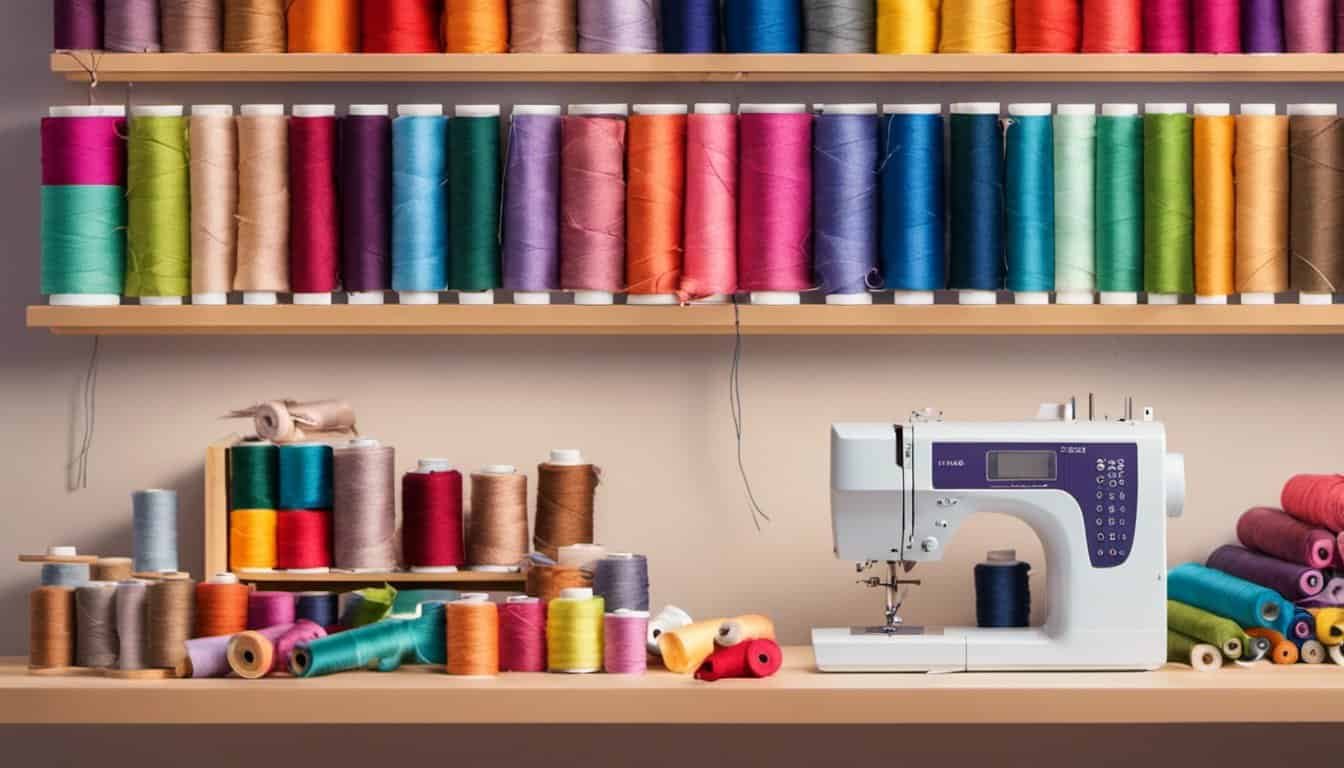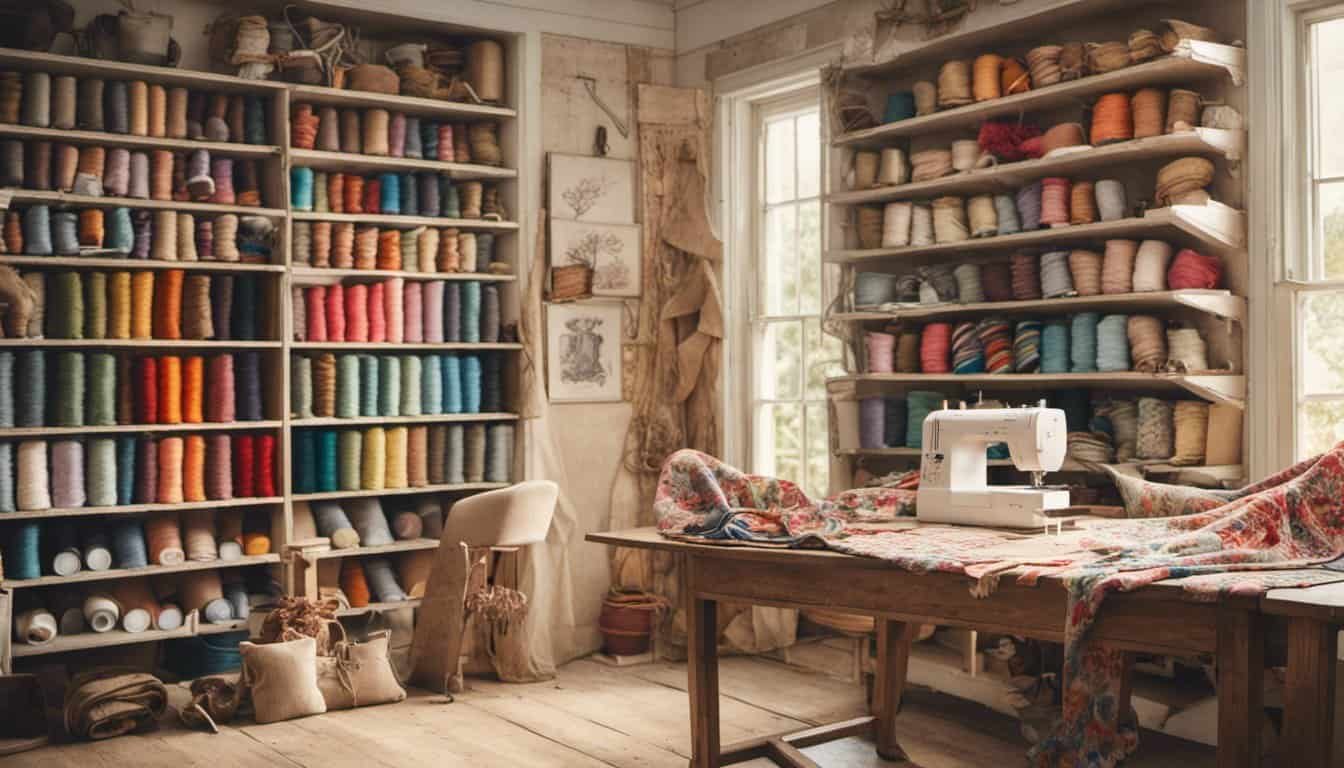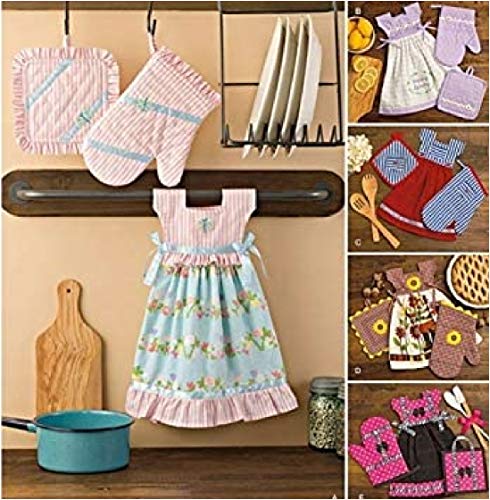Sewing potholders is one of my favorite quick and satisfying projects. They’re not only practical for the kitchen but also a fun way to use up fabric scraps or experiment with patterns. Whether you’re a beginner or an experienced sewist, potholders are a great way to practice your skills without feeling overwhelmed.
Why Sewing Potholders Is a Perfect Quick Project
Sewing potholders combines creativity with practicality, making it ideal for a quick craft. The small size keeps the sewing time short, often under an hour, while still allowing room for personalization. Novice sewists can practice basic techniques like straight stitching, layering, and binding. Experienced sewists gain an opportunity to try out new patterns and designs.
I love that potholders make excellent use of fabric scraps. Pieces as small as 6×6 inches work well, eliminating waste and encouraging sustainable crafting. Adding layers of insulating materials like cotton batting or Insul-Bright ensures functionality without complicating the process.
Potholders make thoughtful, handmade gifts. They’re customizable through fabric choice, shapes, and embellishments like embroidery or decorative stitches. Many designs, like quilted patterns or contrast bindings, are easy to experiment with on these small projects. Beyond gifting, replacing worn potholders with homemade ones adds uniqueness to any kitchen.
This project requires minimal supplies and equipment. A sewing machine, basic tools like scissors, pins, thread, and scrap fabrics suffice for most designs. Even if hand-stitching is preferred, it’s manageable as the overall size is small. For me, potholders are a low-pressure way of enjoying sewing while making something practical.
Materials You Will Need
Sewing potholders requires a few specific materials. These items ensure durability, functionality, and ease during the crafting process.
Fabrics and Batting
Cotton fabric works best for potholders due to its heat resistance and durability. I like to use quilt-weight or canvas cotton for the outer layers. For variety, consider using patterned prints or solid colors. Use fabric scraps for a sustainable option.
Insulated batting, such as Insul-Bright, adds a heat-resistant layer. Combine this with cotton batting for extra thickness, ensuring maximum protection against heat. Use one layer of each when assembling the potholder.
Tools and Equipment
Scissors or a rotary cutter provide clean fabric cuts. A cutting mat ensures precise measurements and reduces fabric slipping. Use a fabric ruler for accuracy.
Straight pins or fabric clips secure layers during sewing. I recommend clips to prevent fabric shifting.
A sewing machine with a universal needle handles cotton fabric well. Choose cotton thread for strength and aesthetic appeal. An iron helps press fabrics and seams for a polished look. Lastly, bias tape aids in binding edges for a neat finish.
Step-By-Step Guide to Sewing Potholders
Sewing potholders is a simple, practical project that produces durable, personalized kitchen tools. Follow these steps to create your own.
Cutting the Fabric
Cut two 8″x8″ squares from cotton fabric for the front and back layers. Use a rotary cutter and cutting mat for precise edges. Cut one 8″x8″ square from insulated batting, like Insul-Bright, for heat resistance. If adding additional padding, cut an extra 8″x8″ square of cotton batting.
Designing and Adding Layers
Layer the pieces by placing one fabric square face down, followed by the insulated batting, and the second fabric square face up. For a quilted look, mark diagonal lines across the top fabric with a fabric-safe pen or chalk, spacing lines 1-2 inches apart. Use straight pins or fabric clips to secure the layers.

Sewing the Pieces Together
Stitch along the marked diagonal lines with your sewing machine to quilt the layers. Use a universal needle and cotton thread for even stitching. Once quilted, trim any uneven edges to maintain the 8″x8″ dimensions. Stitch around the edge of the layers using a 1/4″ seam allowance to keep them secured.
Adding Finishing Touches
Finish the edges with double-fold bias tape. Open the bias tape and align one edge with the raw fabric edge, stitching along the fold. Fold the bias tape over the edge, concealing the raw edge, and sew it in place. Add a hanging loop by stitching a folded 5-inch piece of bias tape or fabric strip to one corner. Press the potholder with an iron to smooth it out.
Tips for Personalizing Your Potholders
Personalizing potholders enhances their uniqueness and adds a creative touch. Custom designs, embellishments, and thoughtful details make them truly one-of-a-kind.
Playing with Colors and Patterns
Using colors and patterns creates visually appealing and unique potholders. I mix solid fabrics with bold prints or coordinate complementary tones for a cohesive look. Seasonal fabrics like autumn leaves or festive holiday designs add charm. Incorporating quilting techniques, such as a log cabin or chevron pattern, can elevate the design without complicating the process.
Adding Embellishments
Embellishments transform simple potholders into eye-catching pieces. I sew on fabric appliqués or stitch monograms for personalization. Using decorative stitches or embroidery, I create intricate details while keeping the functionality intact. Small pockets for recipes or heat-safe fabric tags enhance both aesthetic and practical aspects.
Common Mistakes to Avoid
« How to Sew a Peplum Top for Beginners: Easy Steps to Create Your First Stylish DIY Outfit
Making a Fabric Advent Calendar for Christmas: DIY Guide to a Festive & Sustainable Tradition »
Avoiding errors while sewing potholders ensures a smooth process and better results. Being aware of common pitfalls helps save time and materials.
- Using Non-Heat-Resistant Materials
Choosing non-cotton fabrics or synthetic threads compromises heat resistance. Stick to 100% cotton fabric and cotton thread to ensure the potholder is safe and functional.
- Incorrect Layering
Misplacing layers can reduce insulation. Keep the insulated batting between the two fabric layers to block heat effectively.
- Skipping Edge Finishing
Unfinished edges can fray, impacting durability. Use bias tape to bind edges securely and give a polished finish.
- Neglecting Quality Stitching
Loose or uneven stitches can weaken the potholder. Check the tension settings and use a universal needle for consistent stitching.

- Overlooking Quilting Lines
Skipping diagonal quilting creates gaps where the layers can shift. Mark and sew the quilting lines to keep all layers firmly in place.
- Choosing the Wrong Size
Too small or too large potholders may not serve their purpose. Sticking to an 8″x8″ size works best for most kitchen tasks.
- Skipping Testing Steps
Working without testing new patterns or techniques often leads to errors. Test stitching on fabric scraps before starting the main project.
- Not Adding a Hanging Loop
Without a loop, storing the potholder becomes inconvenient. Attach a loop during the finishing steps for easy hanging.
Conclusion
Sewing potholders is such a rewarding project that blends creativity with practicality. It’s a chance to experiment with designs, use up fabric scraps, and create something both functional and personal. Whether you’re just starting out or you’ve been sewing for years, this project offers a fun way to enjoy the craft without feeling overwhelmed.

I love how customizable potholders can be, making them perfect for adding a personal touch to your kitchen or gifting to someone special. Plus, they’re quick to make and don’t require a lot of materials, so it’s easy to dive in and get started. Happy sewing!

















